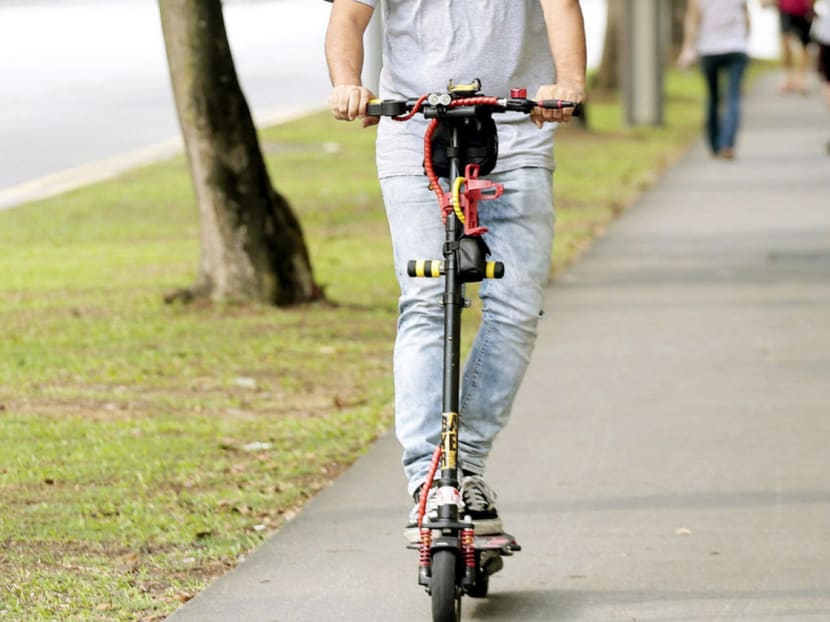Good to have shared paths, but add some new rules too
Recent incidents involving personal mobility devices have created public resentment (“Tighten law on using personal mobility devices”: Sept 28 and “Personal mobility devices pose safety risk on shared paths”; Sept 24).

Personal mobility devices and bicycles are green forms of public transport that reduce our carbon footprint. TODAY FILE PHOTO
Recent incidents involving personal mobility devices have created public resentment (“Tighten law on using personal mobility devices”: Sept 28 and “Personal mobility devices pose safety risk on shared paths”; Sept 24).
Many criticise the need for personal mobility devices and bicycles to soon share footpaths legally with vulnerable pedestrians. I must point out, however, the greater good this does.
As a small country with limited space and congested public transport, there is a need to tap park connectors, cycle paths, et cetera, and these are facilities the authorities are expanding.
Moreover, personal mobility devices and bicycles are green forms of transport that reduce our carbon footprint.
Let us not forget that the authority had set up an Active Mobility Advisory Panel to study the feasibility of personal mobility devices and bicycles coexisting on footpaths.
As a result, rules have been laid out, which Active Mobility Enforcement Officers will enforce once the changes are made official by year end or early next year.
Personal mobility devices and bicycles do not speed or cause accidents by themselves. It is only some users who have caused the recent mayhem. There are black sheep in all walks of life.
We should not ostracise personal mobility device users and cyclists, who are generally well behaved, just because of a few who disregard the rules. Those bad hats shall be caught and duly punished according to the law.
Additional regulations, however, could be considered.
For personal mobility device users to share the footpath, we could limit their age to 18 years and above, as this group would possess the motor skills for safe riding.
If this is not feasible, the authority could consider a mandatory safety course that one must pass to obtain a certification before a user is allowed to share the footpath.
The active mobility officers could verify such a certification during enforcement. The course could even generate income to help sustain the cost of the enforcement team or expanding it in future.
The authority could also require all personal mobility device sellers to submit the specifications and photographs of their devices to ensure that they comply with the guidelines.
Having photos of approved models would also make it easier for active mobility officers to identify the various devices during enforcement. Unapproved models should be allowed only on private premises.
Lastly, the authority could make it mandatory for sellers to segregate models that comply with the guidelines from those that do not, with posters indicating this clearly in their shops.






